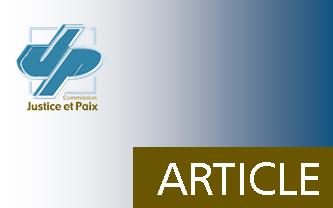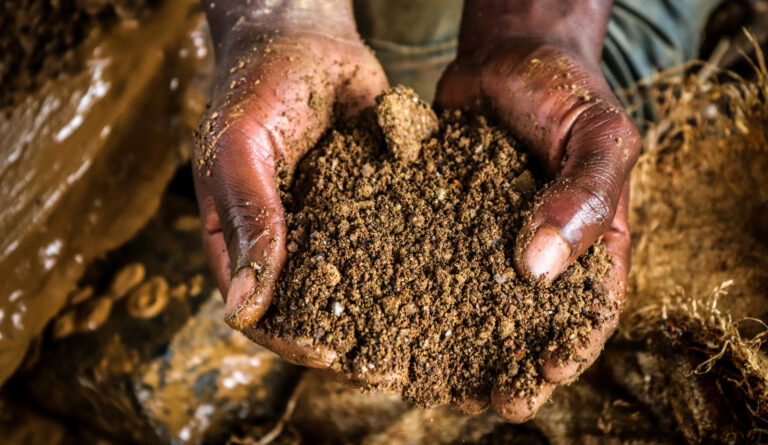The “fundamental right to water and sanitation” was explicitly recognized as a human right in July 2010 by the United Nations General Assembly. This important achievement crowned a long journey within the various international human rights bodies. However, universal access to “safe water of acceptable quality and quantity adequate for human use” is still a goal far from being achieved. [1]Definition taken from the Economic and Social Council of the United Nations, Substantive questions concerning the implementation of the international covenant on economic rights, … Continue reading
Attachments
Notes[+]
| ↑1 | Definition taken from the Economic and Social Council of the United Nations, Substantive Questions Concerning the Implementation of the International Covenant on Economic, Social and Cultural Rights, Geneva, November 2002 |
|---|---|
| ↑2 | Peru is the 8th country in the world in the list of water-rich countries, 4% of the world's annual renewable resources are located there. Source FAO, Review of World Water Resources by Contry, Rome 2003 |
| ↑3 | Read “Cajamarca (Peru): when the future is debated around water and mines” by Emmanuelle Piccoli |
| ↑4 | “Ley que regula los pasivos ambientales de la actividad minera, Ley n° 28271”, 2 de julio 2004, Lima, Peru |
| ↑5 | Through a Closure Plan dated June 2009, and approved by the General Directorate of Mining Environmental Issues – Resolución Directorial N°1354-2009 MEM/AAM |






